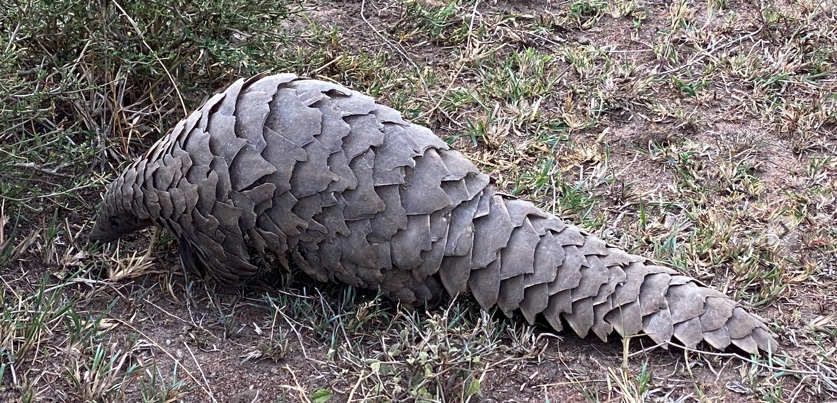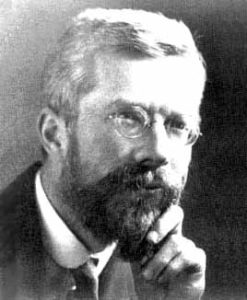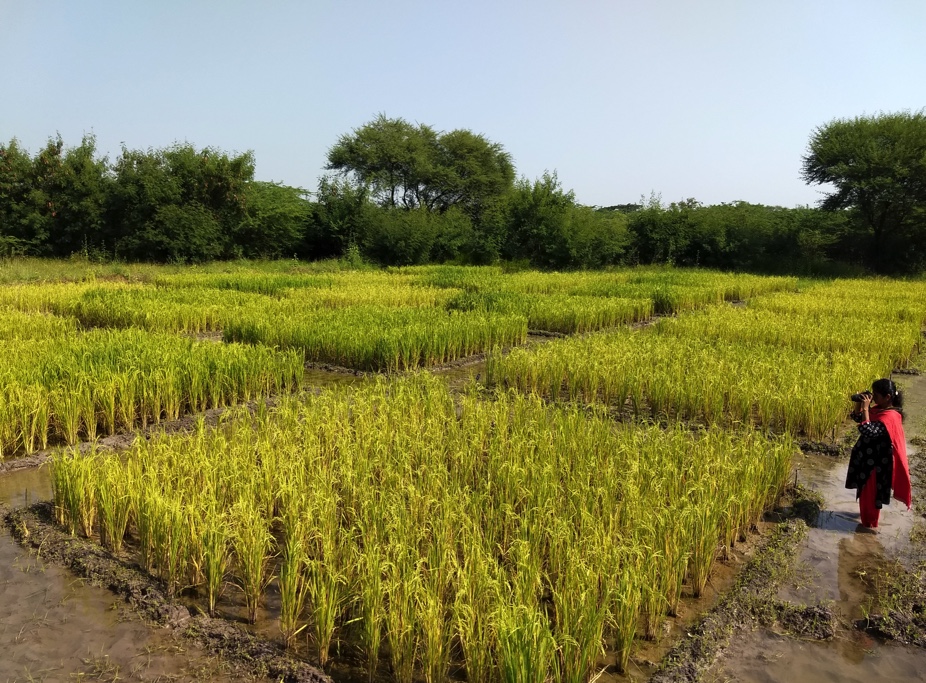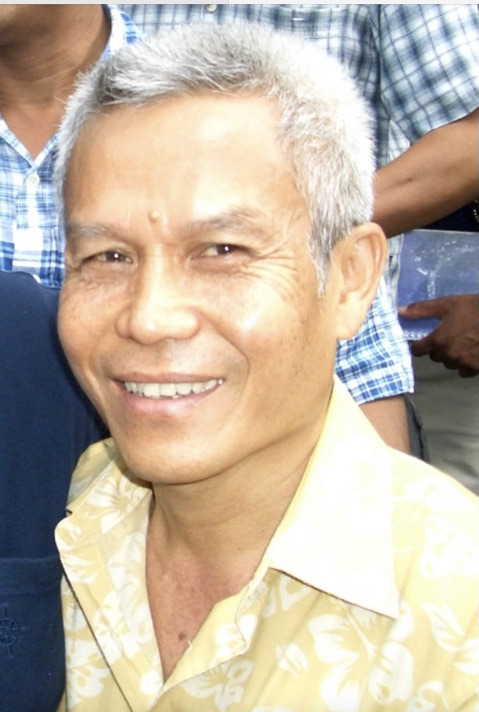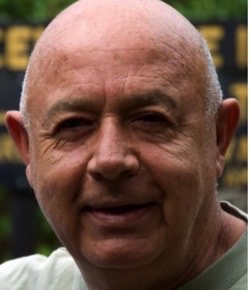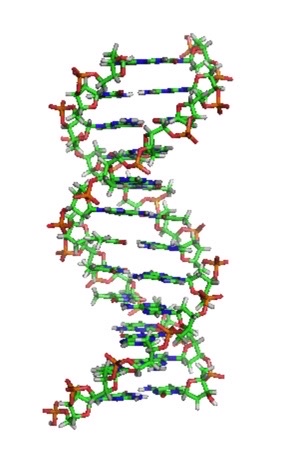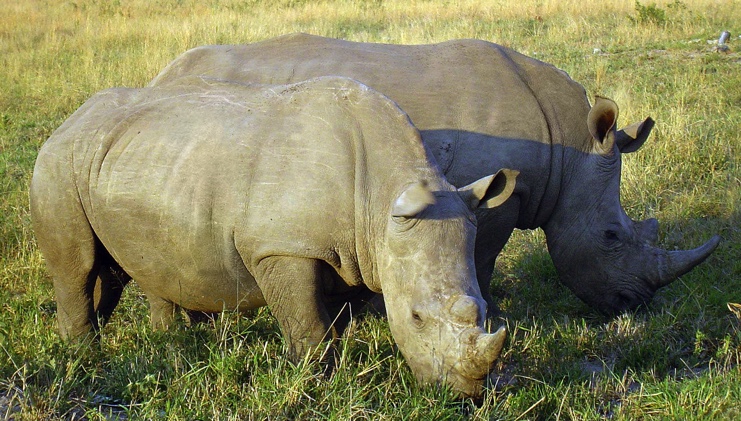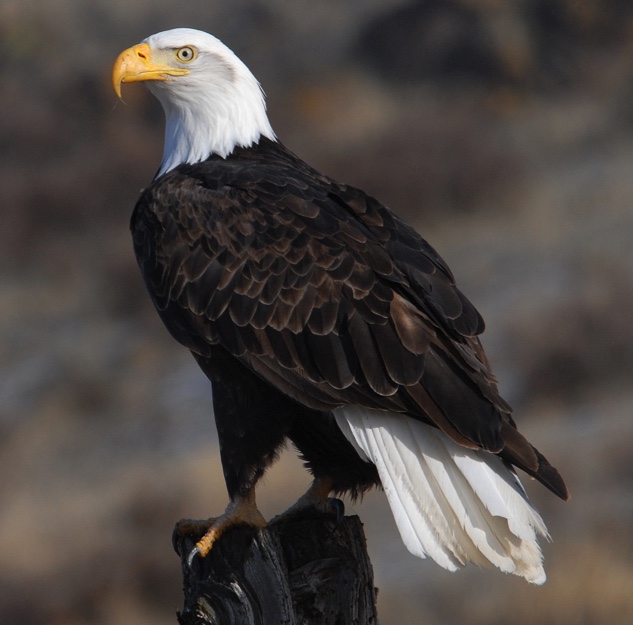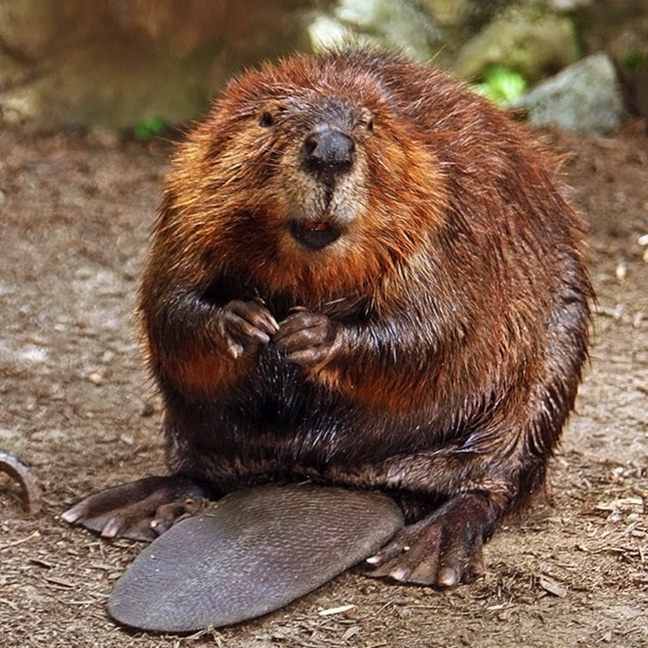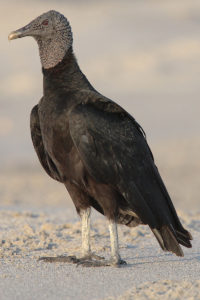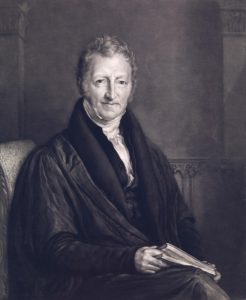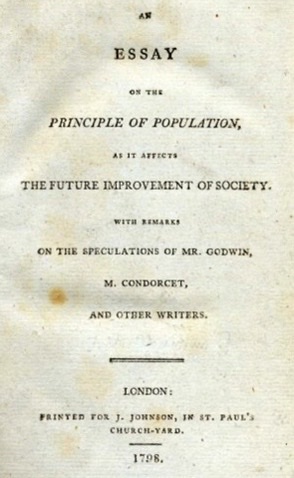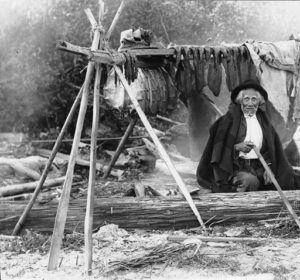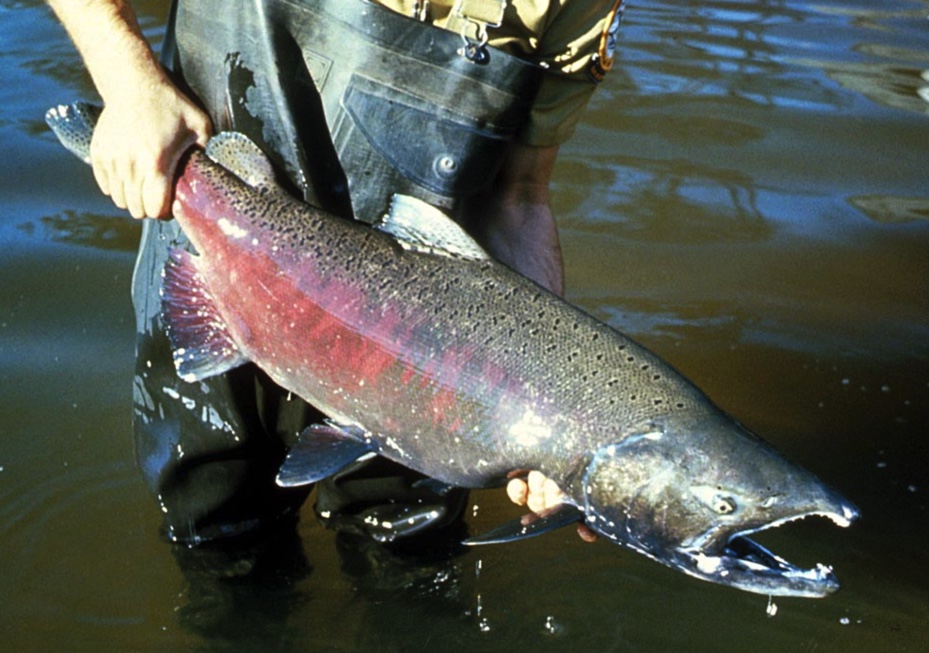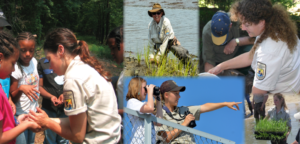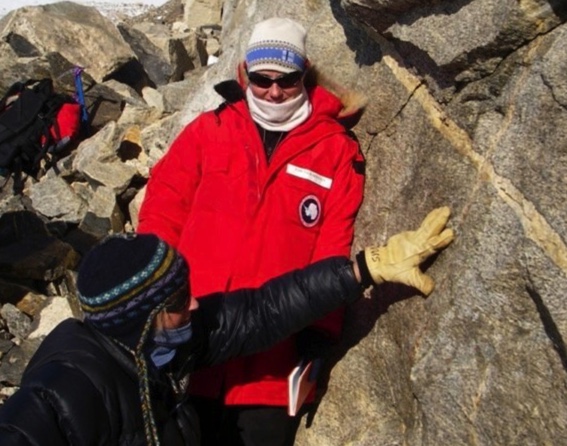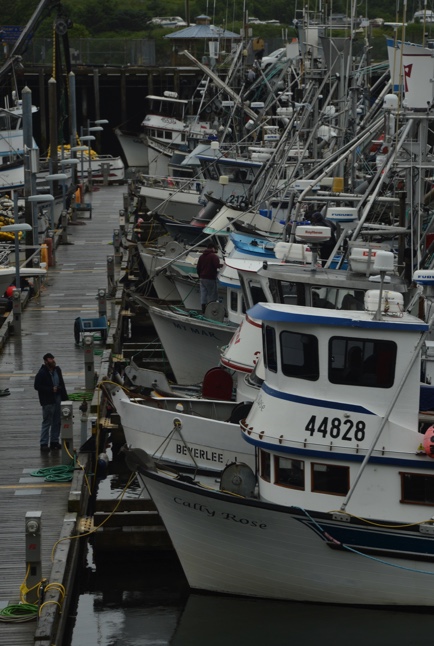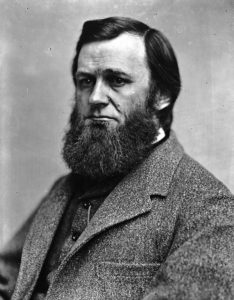I’m not sure that there is an entry in the Guinness Book of World Records for time spent sitting in a tree, but if there is, Julia Butterfly Hill would hold it. Hill occupied a redwood tree in California for 738 days before returning to solid ground!
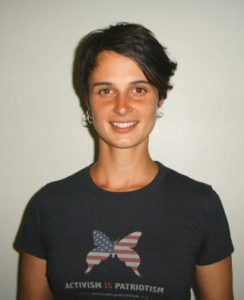
Hill was born on February 18, 1974, in Mount Vernon, Missouri. She was the daughter of an itinerant minister and spent her youth traveling the country. Her family lived in a camping trailer, their camping sites providing Hill with the opportunity to enjoy nature as an everyday experience. A family story says that on a hike when she was a girl, a butterfly landed on her finger and stayed there for the entire hike. That was the inspiration for Hill incorporating “Butterfly” into her name.
When she was 22, a drunk driver rammed into her car, and her steering wheel penetrated her skull. After a year of physical therapy, she was able to walk and talk again normally. But that event changed her: “The steering wheel in my head, both figuratively and literally, steering me in a new direction in my life….” (the parallel with John Muir, who was temporarily blinded by an industrial accident and then gave up a traditional life, is uncanny; learn more about him here).
Hill headed west, with no particular destination. But when she first saw the redwood forest, her fate was sealed (another page right out of John Muir’s life):
“When I entered the majestic cathedral of the redwood forest for the first time, my spirit knew it had found what it was searching for. I dropped to my knees and began to cry because I was so overwhelmed by the wisdom, energy and spirituality housed in this holiest of temples.”

She learned about a group of tree-sitters that were protesting the harvest of redwood trees by the Pacific Lumber Company in Humboldt County of northern California. She joined with them and climbed into a 1000-year-old redwood named Luna. She stayed up for six days, but that was just a prelude for what was to come.
On December 10, 1997, she climbed 150 feet into the canopy of Luna—and she stayed. She stayed through personal illness, harassment by company helicopters and security guards, and one of the coldest, wettest, windiest winters on record (John Muir also lashed himself to a tree in a violent storm, just to enjoy the experience). Hill stayed for more than two years, never leaving her six-foot-square platform. After 738 days in the tree, she descended, when the Pacific Lumber Company agreed to leave Luna standing, preserve a three-acre buffer around the tree and provide a fund for researchers to study old growth forests.
Hill wrote a best-selling book about her ordeal, The Legacy of Luna, which has been translated into eleven languages. She created the Circle of Life Foundation to “inspire, support and network individuals, organizations, and communities so together we can create environmental and social solutions that are rooted deeply in love and respect for the interconnectedness of all life.”
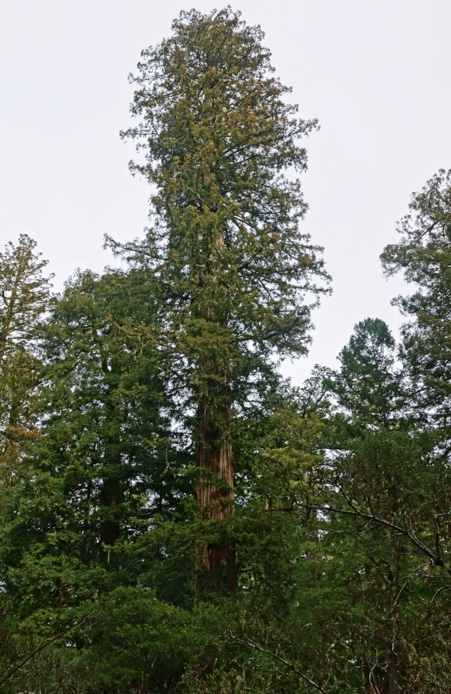
Luna remains alive and upright today, guarded by the community conservation group Sanctuary Forest. A chainsaw attack in 2000 cut a three-foot deep gash in Luna that went part way around the trunk. With extensive interventions to support the mechanical and biological integrity of the tree, however, Luna continues to appear healthy and growing.
References:
Ecotopia.org. A Brief Biography. Ecology Hall of Fame. Available at: http://ecotopia.org/ecology-hall-of-fame/julia-butterfly-hill/biography/. Accessed February 12, 2018.
Julia Butterfly Hill. About Julia. Available at: http://www.juliabutterfly.com/-julia.html. Accessed February 12, 2018.
Lallanilla, Marac. 2017. The Life of Julia Hill. The Spruce, April 4, 2017. Available at: https://www.thespruce.com/the-life-of-julia-hill-1708797. Accessed February 12, 2018.
Sanctuary Forest. Luna Ancient Redwood Tree. Available at: http://www.sanctuaryforest.org/programs/land-conservation/luna/. Accessed February 12, 2018.

